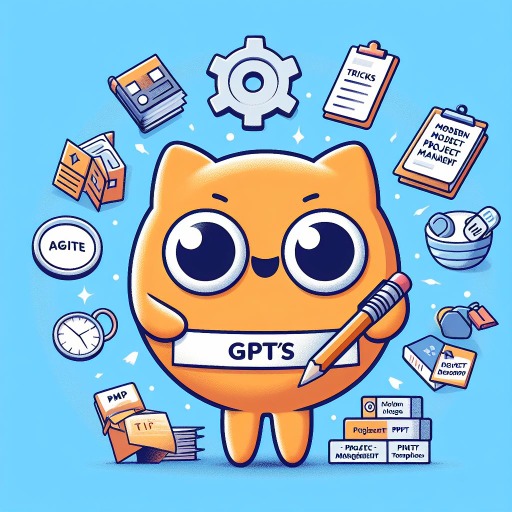UX Research with AI-AI-powered UX research tool
Enhance UX with AI insights
How to utilise AI throughout the UX process?
Help me conduct research to validate an idea with data
Run a competitor analysis for my product
Research on the user feedbacks of my product
Related Tools
Load More
Research AI
Ask me about any company, topic, or person and I help you research them (web powered)
UX Design and Research. ai
The world's most powerful UX Design & Research assistant for everyone.
Research Assistant
Research Assistent helping writing good and sound scientific articles

Research Questions Generator
Expert AI research question assistant.

Researcher
Research people and companies to prepare for interviews and meetings.

Boost Research
Expert dans l'exploration approfondie de sujets divers.
20.0 / 5 (200 votes)
Introduction to UX Research with AI
UX Research with AI integrates advanced artificial intelligence technologies into the user experience research process to enhance efficiency, accuracy, and depth of insights. The primary functions include automating repetitive tasks, analyzing large datasets, generating user personas, and providing actionable insights. For instance, AI can analyze user behavior data to identify patterns that might not be immediately apparent to human researchers, thereby offering deeper insights into user needs and preferences. Another scenario is using AI to transcribe and analyze interview data quickly, enabling researchers to focus on interpreting results rather than manual processing.

Main Functions of UX Research with AI
Automated Data Analysis
Example
AI tools can analyze large datasets to identify trends and patterns.
Scenario
A company uses AI to analyze user interaction data from their website to determine which features are most popular and which areas users struggle with, enabling targeted improvements.
Persona Generation
Example
AI generates detailed user personas based on data.
Scenario
AI analyzes customer data from various sources to create personas that represent different user segments, helping the design team tailor features to meet specific user needs.
Transcription and Summarization
Example
AI transcribes user interviews and summarizes key points.
Scenario
During a user research project, AI tools are used to transcribe recorded interviews and highlight common themes, allowing researchers to quickly identify key insights without manually going through hours of recordings.
Ideal Users of UX Research with AI
UX Researchers
UX researchers benefit from AI by automating time-consuming tasks such as data analysis and transcription, allowing them to focus on higher-level insights and strategic planning.
Product Managers
Product managers use AI-generated insights to make data-driven decisions about feature prioritization and product improvements, ensuring that development aligns with user needs and preferences.

Guidelines for Using UX Research with AI
Step 1
Visit aichatonline.org for a free trial without login, also no need for ChatGPT Plus.
Step 2
Set clear objectives for your UX research, defining specific questions you want to answer or problems you want to solve.
Step 3
Choose appropriate AI tools for your research needs, such as sentiment analysis, user journey mapping, or persona generation.
Step 4
Collect and analyze data using AI-driven methods to gain insights into user behavior and preferences.
Step 5
Interpret the AI-generated insights to inform your UX design decisions and validate your hypotheses through iterative testing.
Try other advanced and practical GPTs
Simpson Artist
Transform Your Photos into Simpson Characters with AI

The Building Safety Act Bot (Beta)
AI-powered guidance for building safety compliance.

Grok
Dark, sarcastic AI-driven content creator.

The All Bible
AI-powered comprehensive Bible tool

Project Manager Buddy - Project Management 🤹
AI-driven solutions for effective project management

AnimateDiff Storyboard Helper
AI-powered tool for precise storyboarding.

Academic CV
AI-Powered Academic CV Builder

👨🔥 Pickup Artist 👨🔥
AI-Powered Social Skills and Flirting Guide

Content Creator Pro
AI-powered solutions for digital content success

BetterGPT
AI-Powered Solutions for Every Task.

Prank Call Emulator
AI-powered prank call simulator for fun.

Player Bits: Your Digital Wingman
AI-Powered Dating Coach for Men

- Data Analysis
- User Testing
- Persona Creation
- Insight Generation
- Journey Mapping
Q&A about UX Research with AI
How can AI enhance the UX research process?
AI can automate data collection and analysis, provide deeper insights through advanced algorithms, and streamline the user research process, making it more efficient and effective.
What types of AI tools are commonly used in UX research?
Common AI tools include sentiment analysis tools, chatbots for user feedback, AI-driven persona generation, journey mapping software, and predictive analytics tools.
How does AI help in creating user personas?
AI analyzes large datasets to identify patterns and common characteristics among users, helping to create detailed, data-driven personas that reflect real user behaviors and needs.
Can AI replace traditional UX research methods?
AI complements traditional UX research by enhancing data analysis and providing new insights, but it does not replace the need for human empathy, critical thinking, and direct user interaction.
What are the ethical considerations when using AI in UX research?
Ethical considerations include ensuring data privacy, avoiding algorithmic bias, maintaining transparency with users, and responsibly interpreting AI-generated insights.